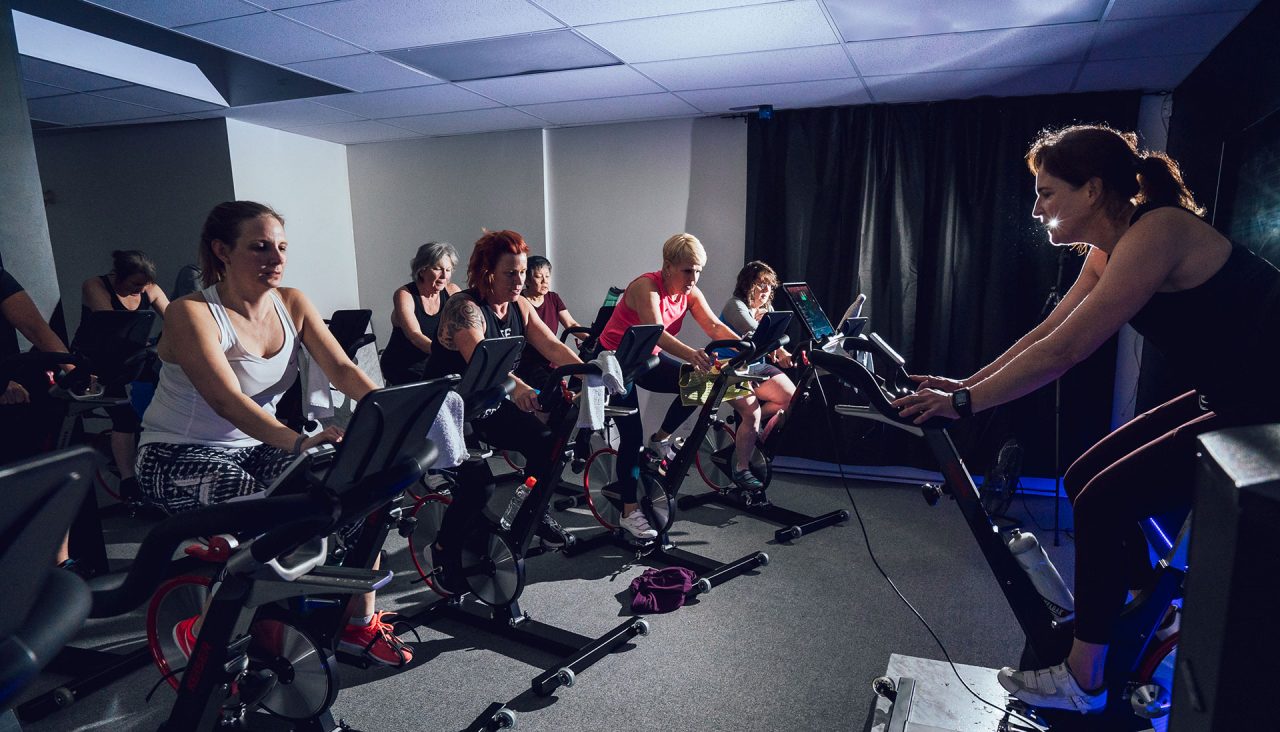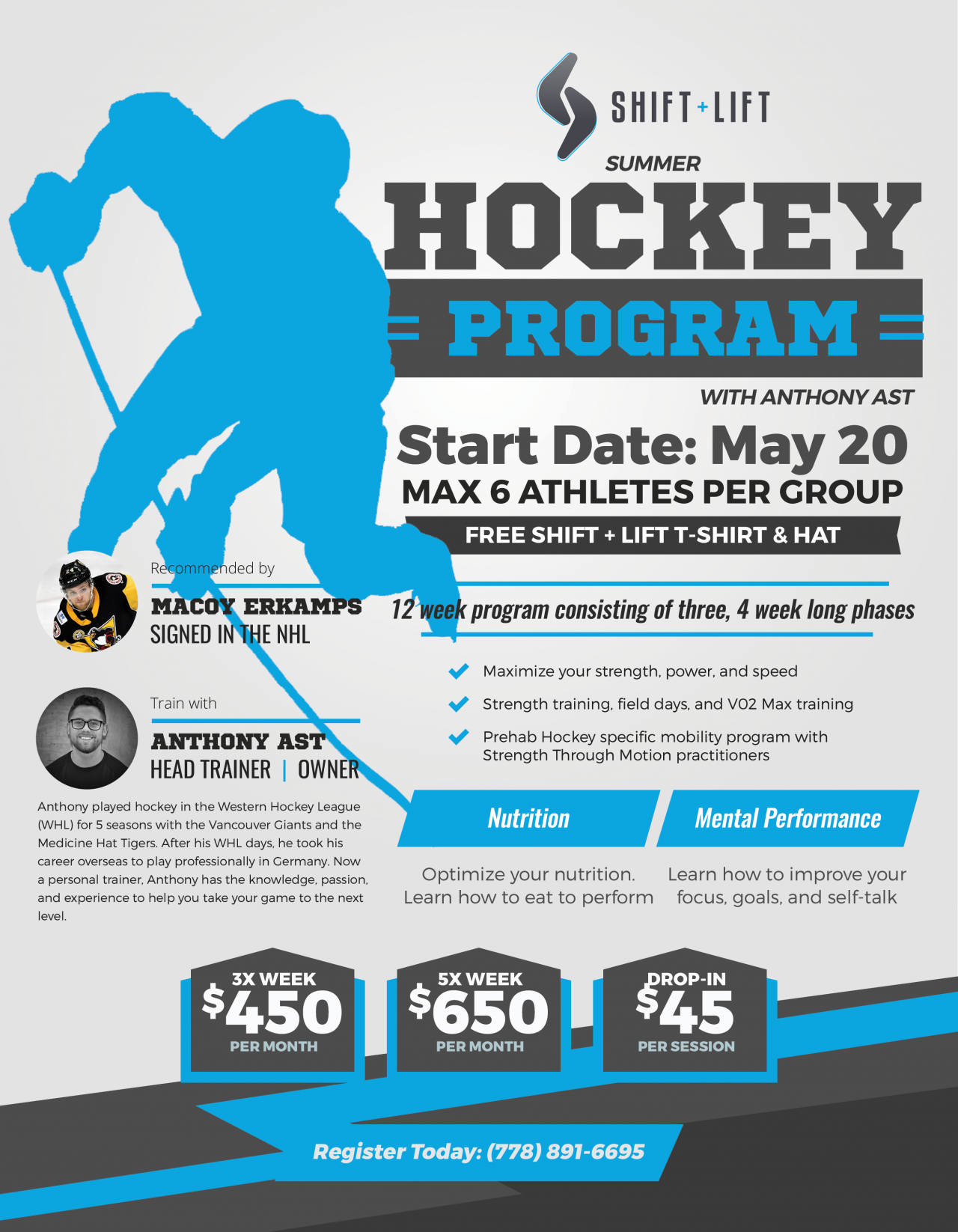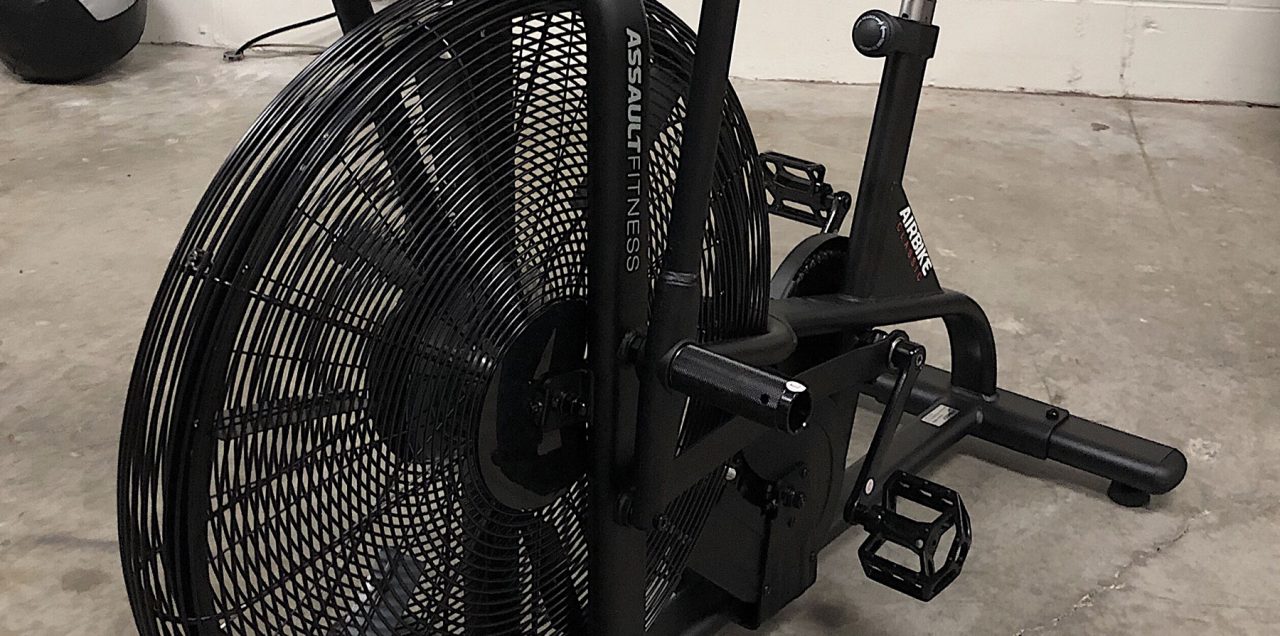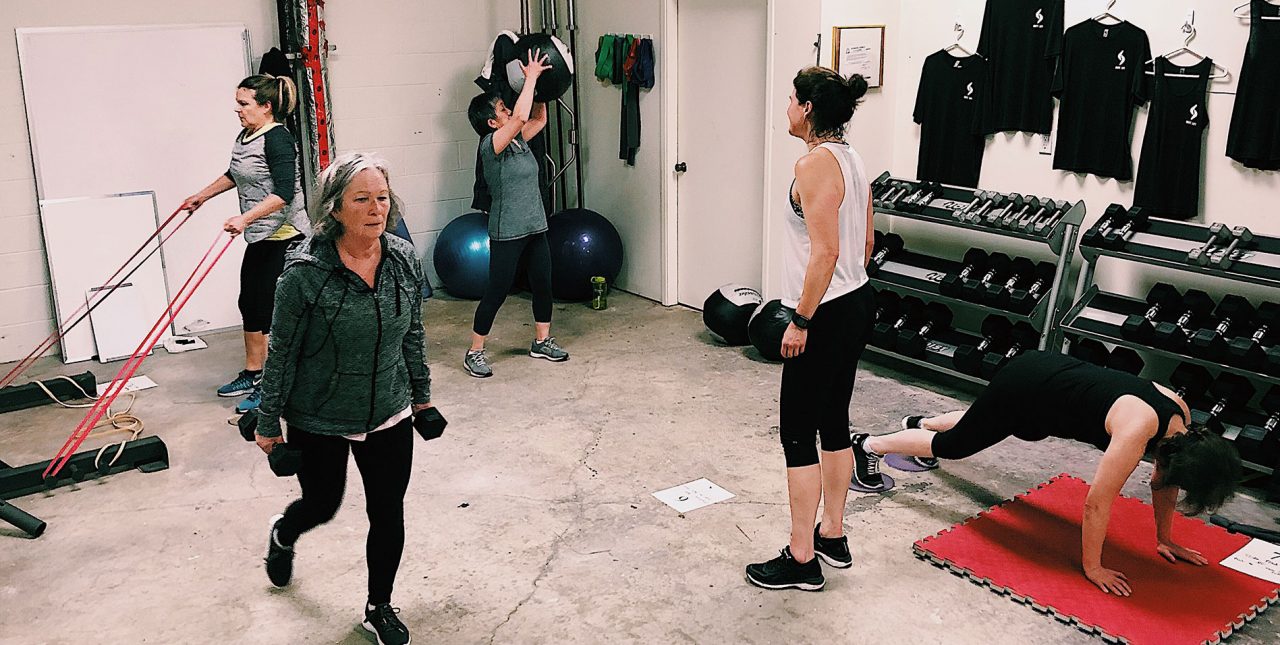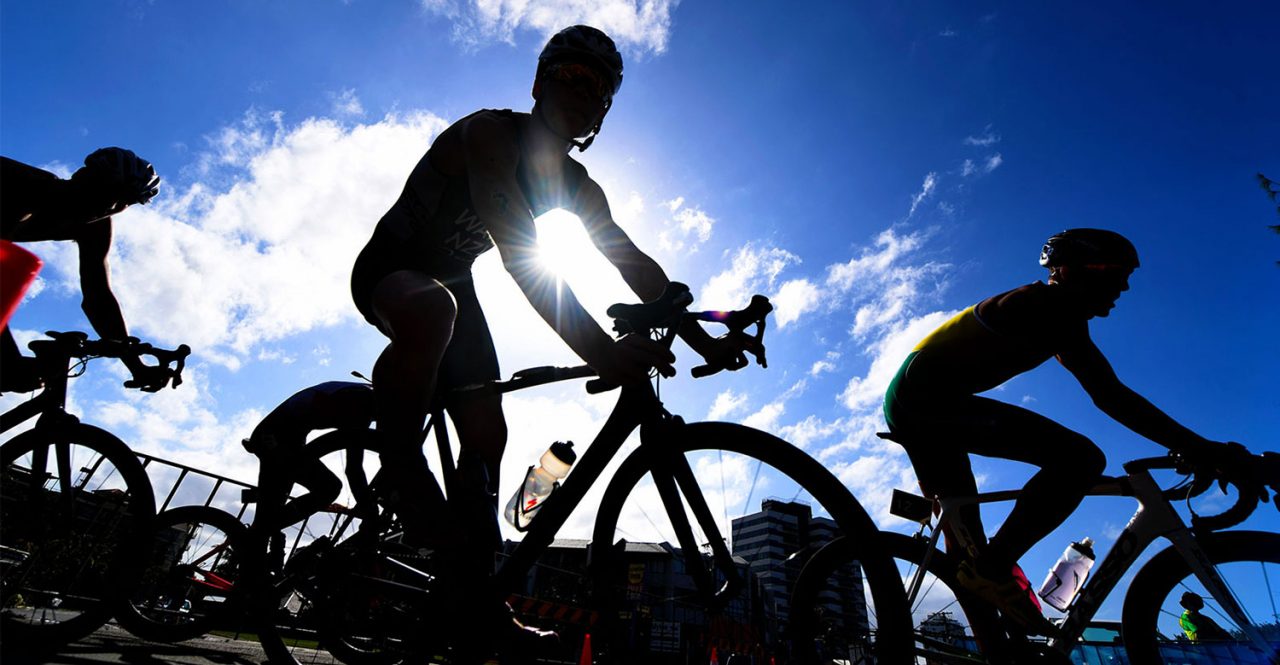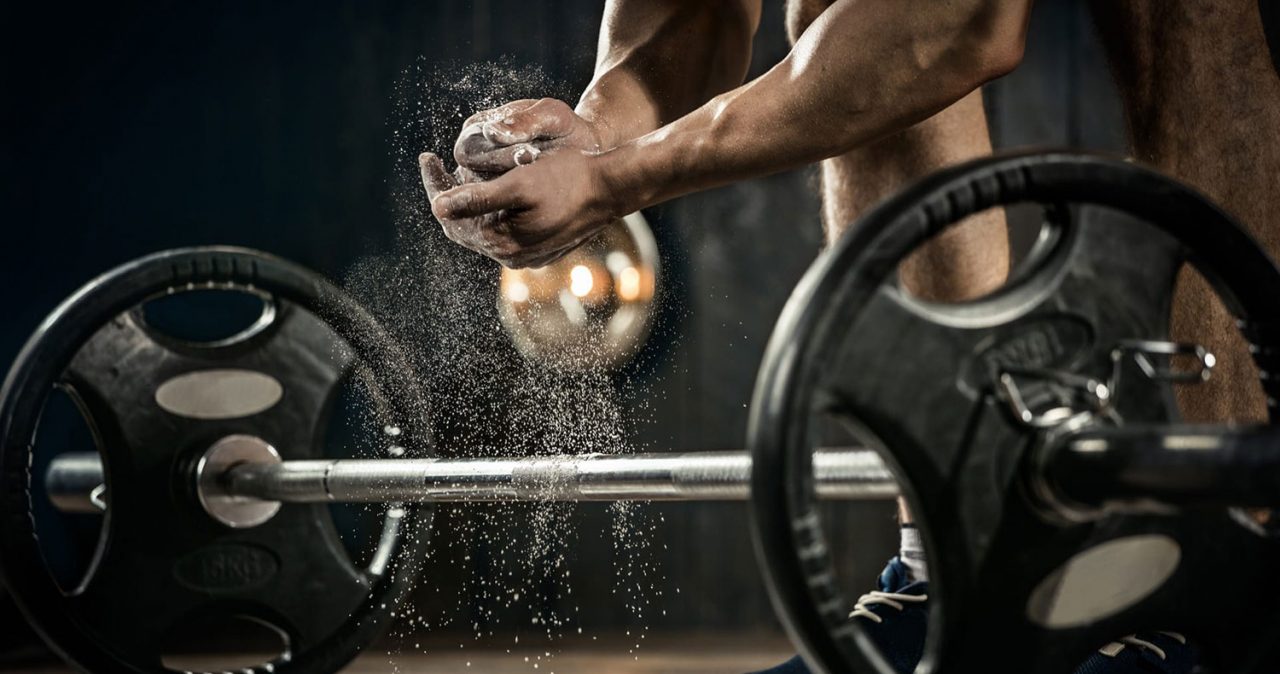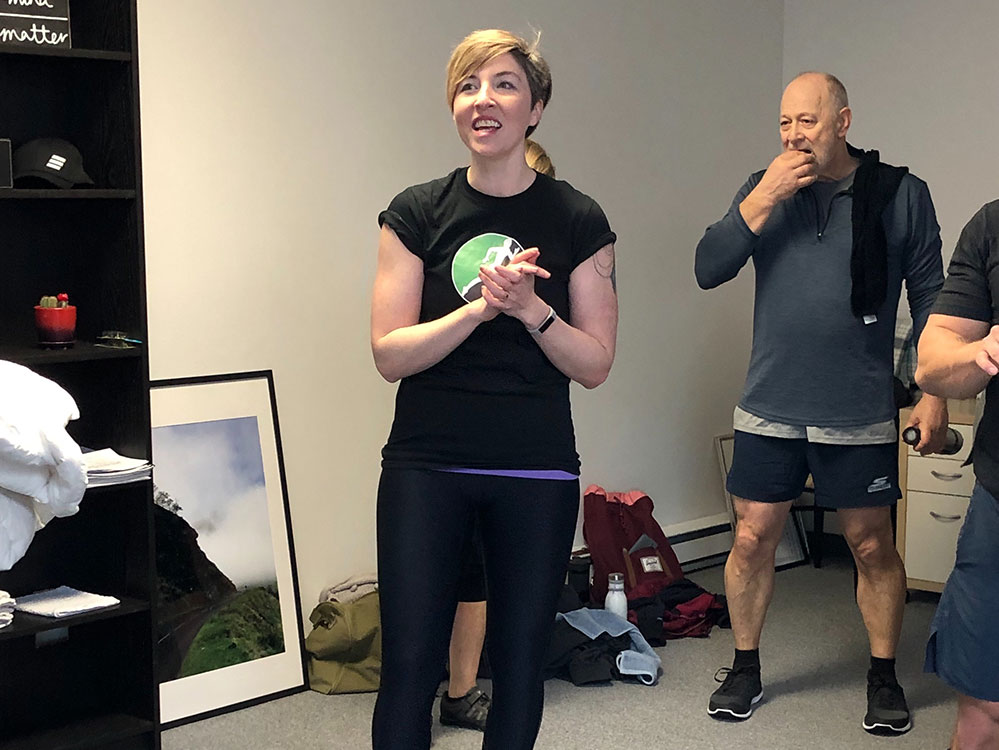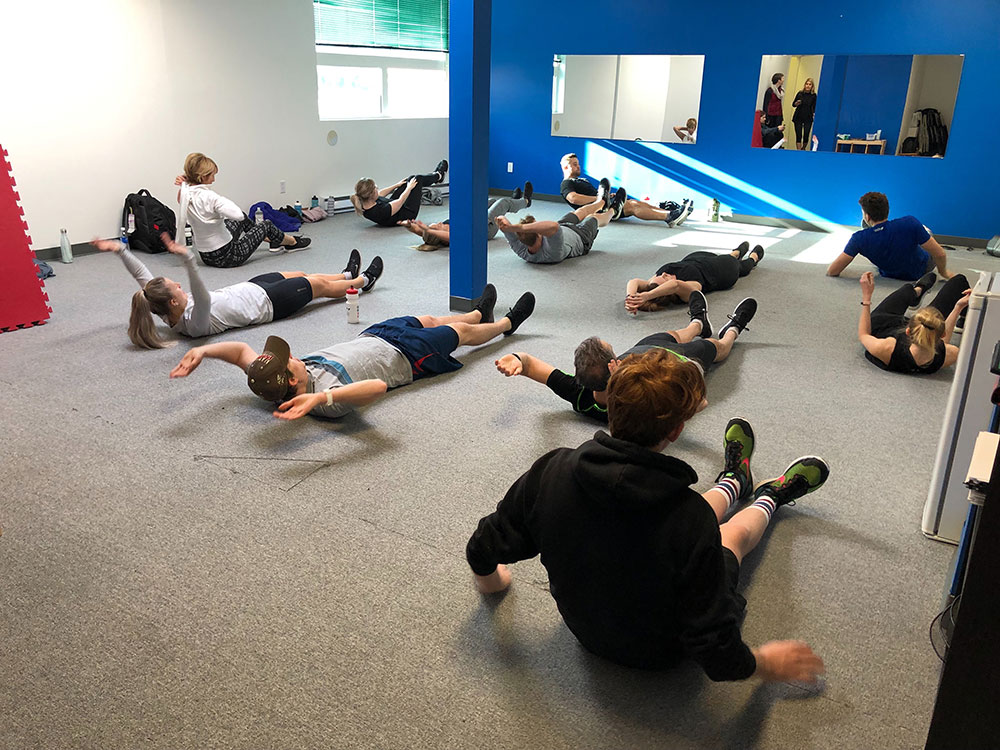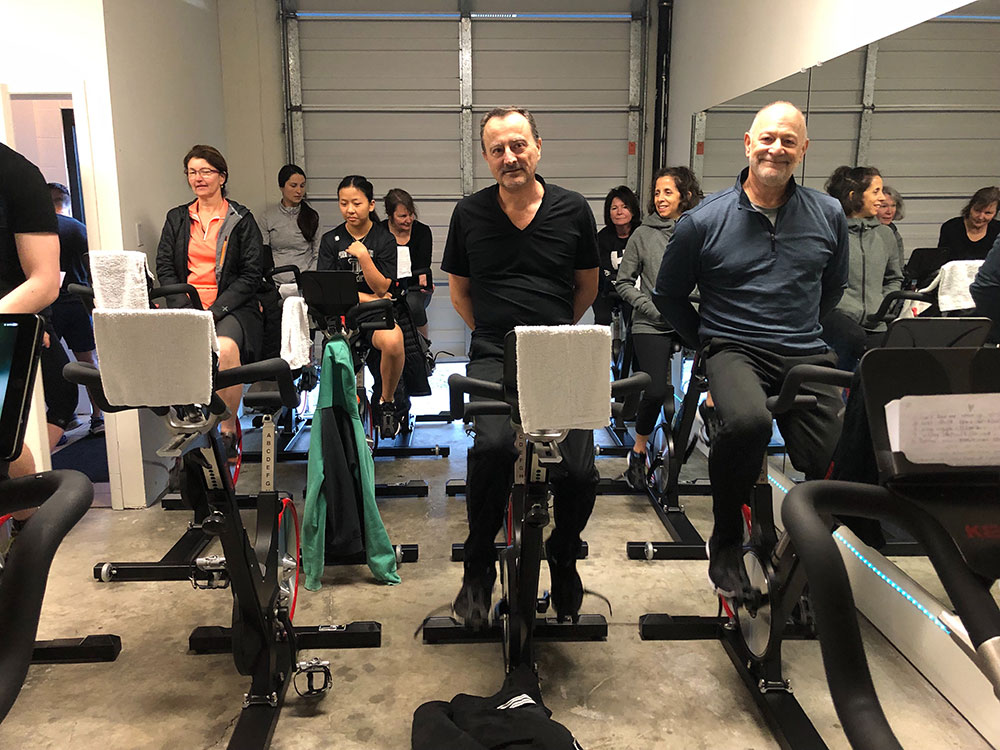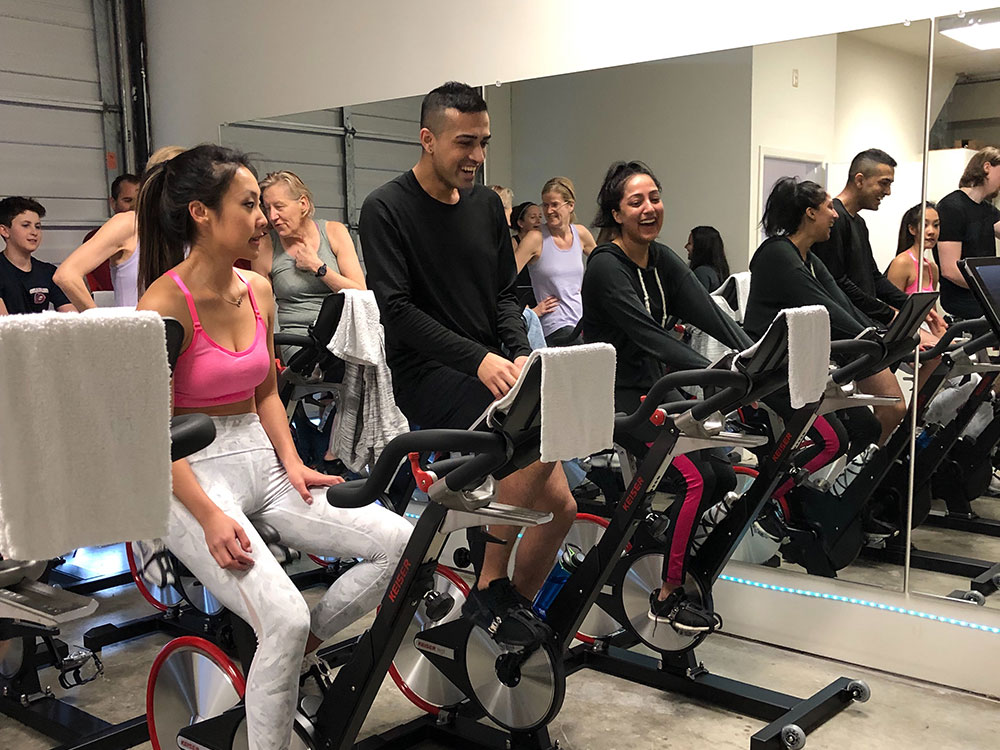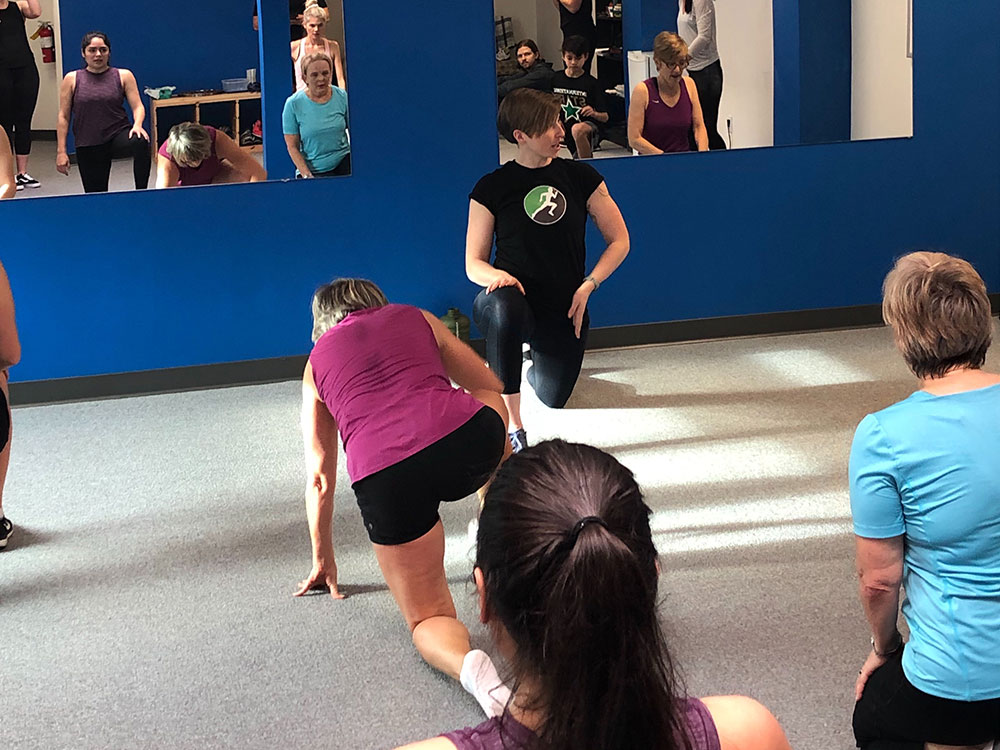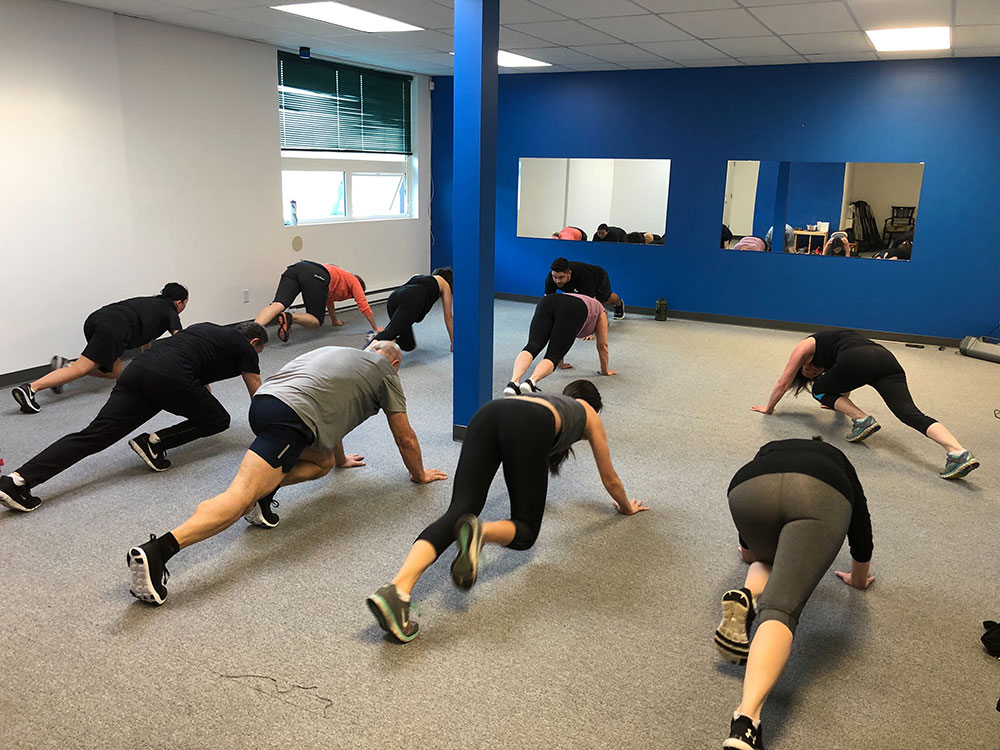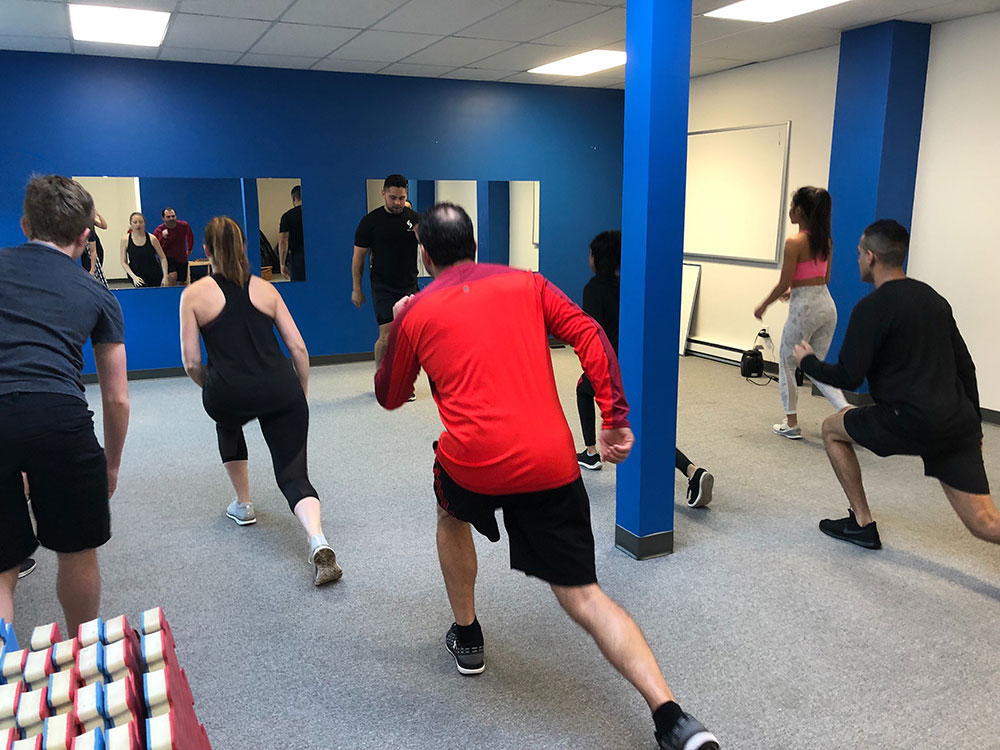It’s crazy to look back and realize I have been racing triathlon for more than nine years, and professionally for seven of those. I’m fortunate to have gained so much knowledge over that time, but I still feel like I am learning more with every year, race and training session.
In my own personal racing experience there have been a number of key lessons that I take with me into every race. These have become core principles for my approach to IRONMAN training and racing:
Sleep is king – Strive for at least eight hours
When I left my corporate job in 2012 to train and race full time, I went from getting three to six hours of sleep per night to eight to ten. My training and performances saw an immediate jump, I leaned out, and my frequency of sickness and injury/niggles plummeted. It was all I needed to see to be fully convinced of how impactful sleep is to recovery and performance. Now if I have days of disrupted sleep, my training suffers. My resting heart rate increases, my energy levels plummet and I don’t have the strength and responsiveness in key sessions.
I am frequently asked what I would change if I were to go back to my days of working a corporate job. My answer? I would actually train four to five hours less per week and sleep more. Training is only good if you CAN train. Injury or sickness means missed training, which is disruptive to athletic development. Sleeping more and staying healthy creates greater consistency and better performance gains over time.
Nutrition is Queen – Eat more, high-quality foods
Eating well to support your training load is critical. Replace packaged and processed foods with high-quality stuff. Don’t waste your calories! I frequently see amateur athletes doing things like skipping meals immediately following big sessions, not eating for hours after a race, under-eating and then binge eating, and turning to packaged bars and drinks over fresh food. Eating more is better, but also eating the right foods is important. Eating well fuels your body to be able to repair itself faster, and build muscle and overall strength.
Make a Plan To Manage Your Low (and High) Points
In the moment, when it feels like your race is falling apart and you are going backwards, it can be hard to remember that everyone goes through low points—everyone. Staying rational during those moments might seem nearly impossible, but knowing the symptoms and having a plan before the race can help you turn things around.
I’ve learned the key indicators for me are low energy; cranky, negative thoughts; zero desire to eat anything, and extreme thirst. Though it is opposite of what I WANT, I’ve learned to force down 200 calories. I can only do this because I now recognize the warning signs, and understand my negative thoughts are a result of undereating. Without fail, 15 minutes after eating, I come out of it and get back on track.
To help myself avoid the lows altogether, I make it a priority to drink every 10 minutes and eat every 15. I target 400 calories of food per hour, and my hydration needs vary based on weather conditions. In Kona this year I went through 23 bottles on the bike alone!
Of course, it can be equally easy to neglect your process when things are going great. Just remember, skipping calories or not hydrating properly will (always) temper your high with an equally dramatic low; so stay the course and commit to your plan!
Pay attention to your body during training
All too often, we head out for a training ride/run/swim, get through the session and move on with our day. But our training sessions can be ripe with information and lessons we can carry into races if we’re willing to be conscientious about how our bodies feel.
For example, I have always hit a big low about 2.5 hours into the bike in an Ironman race. I was also experiencing this same feeling on long training rides and discovered that the only thing that brings me out of it—no matter how well I have fueled or hydrated—is a bottle of Coke. It took me a while to align what I was experiencing in training with my experiences in IRONMAN races. Once I did, I began drinking Coke two hours into the bike, solving my race-day issue. For you, it may be an energy bar. Regardless, pay attention to your body in training, and use that knowledge to help you in races.
Never give up
It’s no secret. I’m one of the slowest swimmers in the women’s professional field. I’m always coming from behind. One of the key lessons I have learned from it all: Never give up.
In 2015, I was 2nd to last out of the water at the IRONMAN World Championships, and made my way up to 7th place by the end of the day. This year I was 3rd to last out of the water and ran my way to 11th place. No matter how the swim goes, or how you feel on the bike or at the start of the run, it is never over until it is over. My motto in races is “you never know what can happen.” There are days when the conditions are such that everyone feels terrible; but you don’t know that until after the race.
The only thing you can control is a commitment to keep moving forward and giving your best. Then, the outcome will be what it will be. The beauty of Ironman racing is that EVERYONE has moments where they feel great, and moments when they want to throw in the towel. Always remember that and keep moving toward the finish line.
Focus on core temperature management
I distinctly remember racing my first IRONMAN World Championships as an amateur. During the bike portion, I wore an aero helmet that offered limited ventilation. I felt like my head was going to explode as I made my way through the course.
Out onto the run I completely over-heated. Yet I was so fraught with anxiety of losing time and slowing down that I neglected to do anything about it. By mile five, I was reduced to a walk and vomited on the side of the road. I finished the race, but it was miserable.
Over time, and as I made my way through both 70.3 and Ironman races, I began to notice how much better I felt when I had cold water poured on me or ice put down my back. Now, in races, I put core temperature management at the top of my priority list. On the bike, I pour cold water on my feet. I keep a bottle of ice water in a small cooler in my transition bag to pour over myself, and on the run, When I’m too hot, I walk through the first-aid stations until my core temperature is under control. Spending the extra time during the earlier stages of the race will make all the difference later.
More is not always better
In February of 2018, I tripped and fell during an easy training run and badly strained my calf. Between the middle of February and the end of May, when I raced Ironman Brazil, I ran less than five times with my longest run being 13 miles. I went on to run under three hours. My point? High training volume is not always better. In fact, I would argue that we are all way more fit and prepared to race than we give ourselves credit for. Sometimes doing less, but higher-quality training, can be more effective than loading on the hours and miles.
Numbers don’t lie
Everyone typically feels end-of-season fatigue and looks forward to taking a bit of time off after their last race. It’s natural. Sometimes, you’re more fatigued and need more rest. But how do you gauge this? I use my Cercacor Ember device to measure 10 metrics twice a day. I take measurements in the morning when I wake up, and in the evening before I go to bed. The Ember measures my resting heart rate, respiratory rate, hemoglobin, oxygen saturation, pulse rate variability, oxygen content, carbon monoxide, methemoglobin, perfusion index and pleth variability. This little, powerful device helps to paint a picture of how tired I am, how I am recovering and if my body needs extra rest.
For example, towards the end of this season I saw my resting heart rate steadily increasing, giving me a pretty good indication that my body was tired and it was time to take a break. Learning to match how you feel (subjectively) with what the numbers say, can help to create a better platform for managing training loads and rest.
Take your easy days EASY
When I first started training, I would treat every session as an opportunity to test myself and gauge my progress. Over time, however, I’ve learned that looking for validation in every session can lead to feeling discouraged…and overtraining instead of working your plan. You know the equation growth = stress + rest? Allowing your body to rest and recover (including active recovery) is vital to performance gains. Training too hard on easy days doesn’t allow for full recovery or optimal adaptation. Sometimes it can be as hard mentally to go easy as it can be physically to go hard—but committing yourself to truly going easy will allow you to push new limits on the days when you DO go big.


